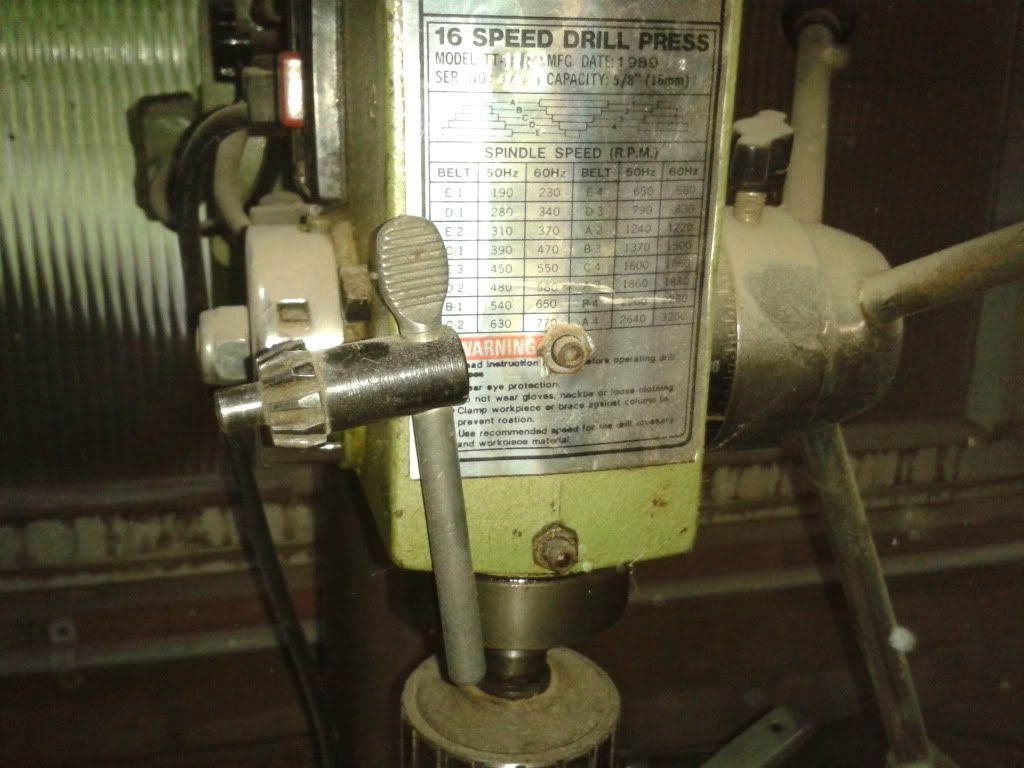defsdoor
Established Member
I've just bought a Jet JDP 17F Pillar Drill from Axminster and it has visible wobble.
Measured with a dial indicator on the outside of the quill it's about 0.2-0.3 of a mm. By the time this gets to the arbor it's about 0.5mm and at the tip of a drill it's more than 1mm.
Axminster are sending someone out to look at it and possibly swap the head but in the meantime I was wondering what amount of wobble is acceptable ? Axminster state "guaranteed concentricity" but put no tolerances to that.
Measured with a dial indicator on the outside of the quill it's about 0.2-0.3 of a mm. By the time this gets to the arbor it's about 0.5mm and at the tip of a drill it's more than 1mm.
Axminster are sending someone out to look at it and possibly swap the head but in the meantime I was wondering what amount of wobble is acceptable ? Axminster state "guaranteed concentricity" but put no tolerances to that.


































